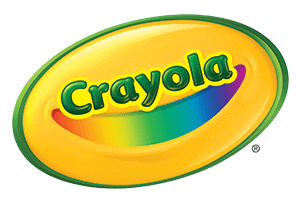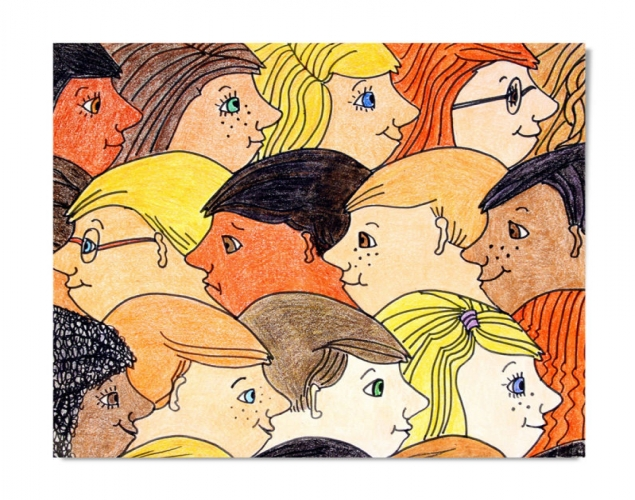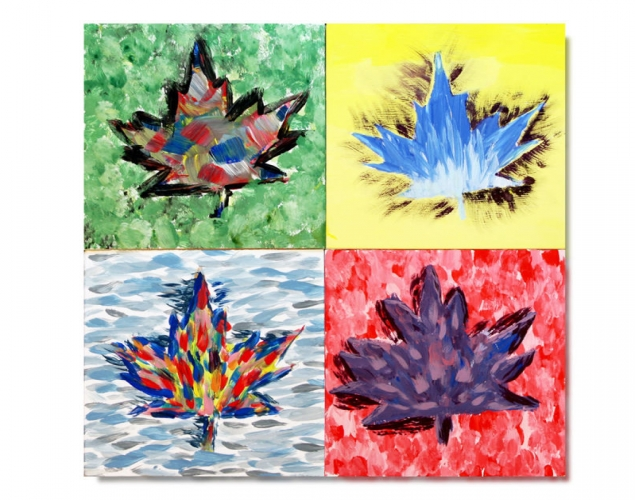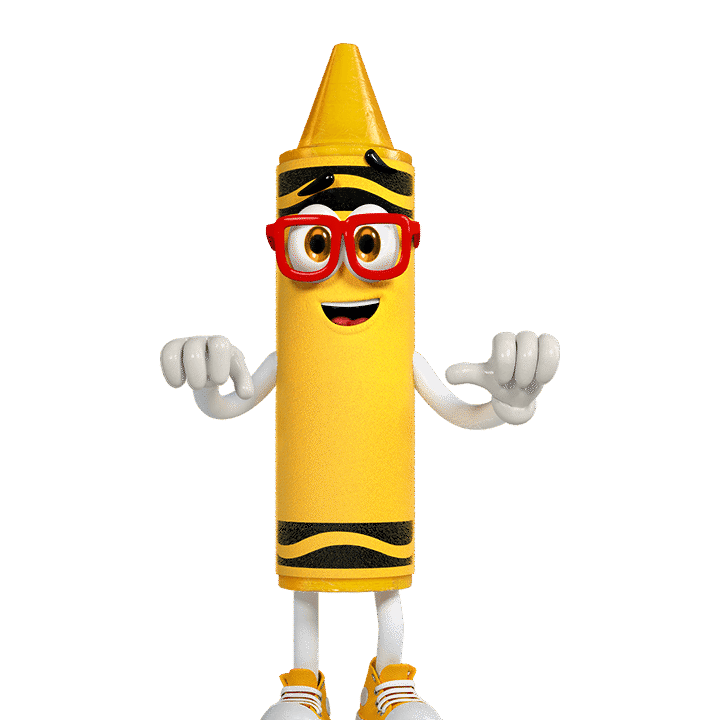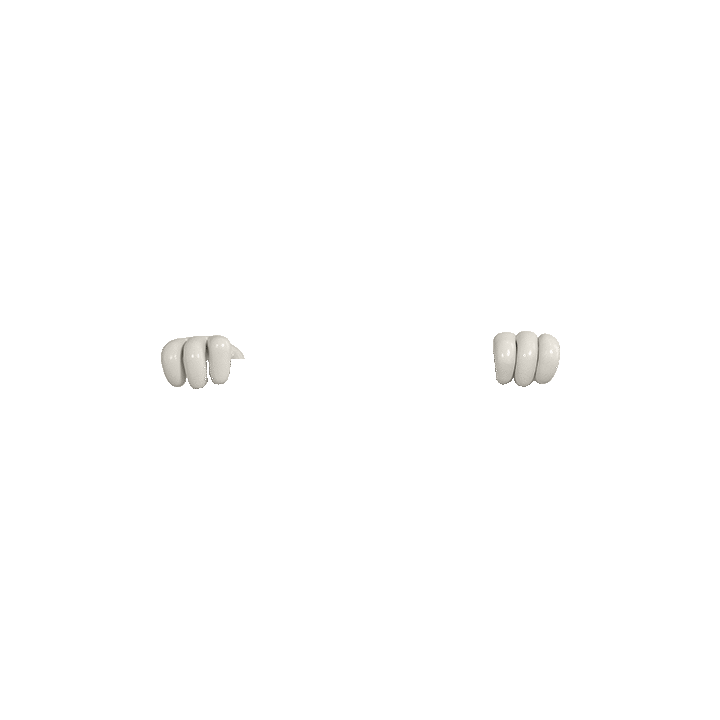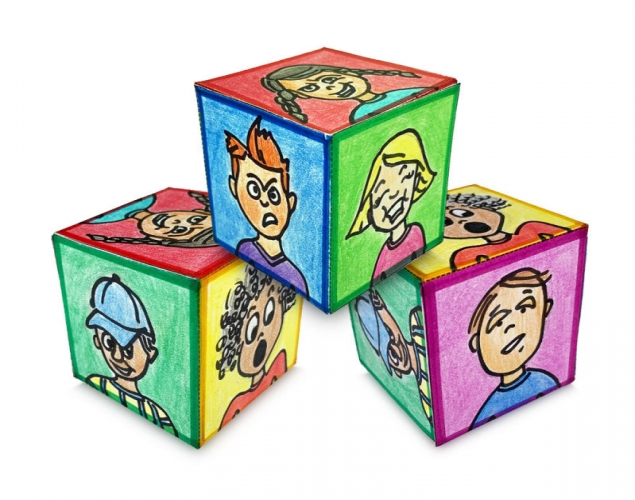
SWOOSH – Identity, Line, TypographyStudents work with a partner to create a quick monoprint by each making a swoosh of paint on paper and then rubbing the two paintings together. They compare the results and then use their own print as the starting point for an abstract self-portrait that includes words and symbols.
Students work with a partner to create a quick monoprint by each making a swoosh of paint on paper and then rubbing the two paintings together. They compare the results and then use their own print as the starting point for an abstract self-portrait that includes words and symbols.
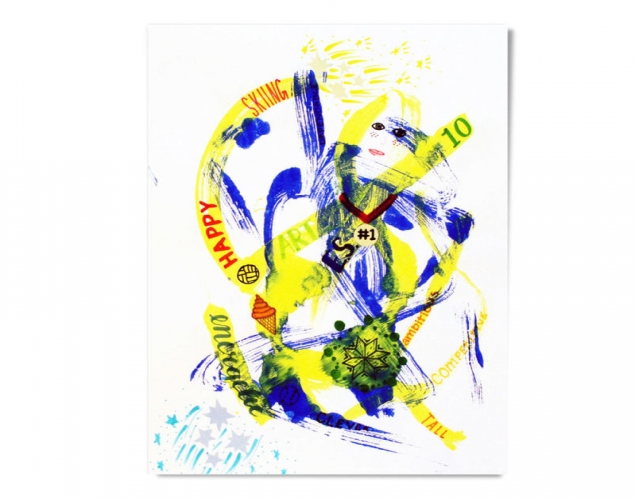
Supplies:
- Crayola Paint Brushes
- Crayola Marker & Watercolour Paper
- Crayola Scissors
- Crayola Glue Sticks
- Crayola Markers
- Crayola Tempera Paint
- Crayola Construction Paper
- Paper Towels
Steps:
1
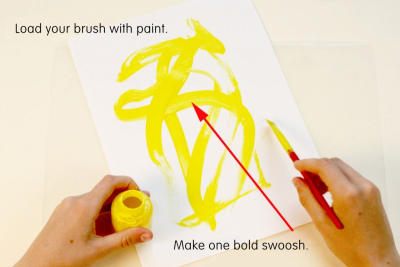
- Load your brush with lots of paint.
- Paint on the paper with one continuous bold stroke until the paint runs out.
- Let your energy flow in a 'swoosh'.
2
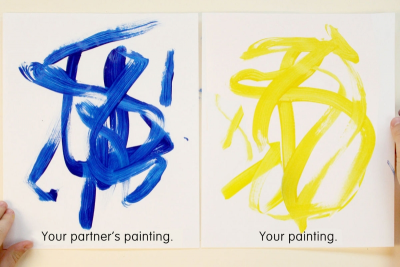
- Work with a partner.
- Make sure both paintings are still wet.
3
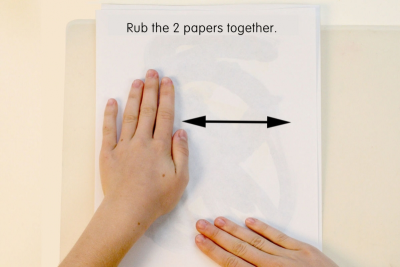
- Place your partner's painting on the table with the paint facing up.
- Place your painting on top of your partner's painting with the paint facing down.
- Rub the papers together.
4
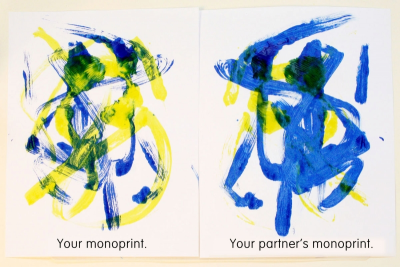
- Pull the papers apart.
- You have made monoprints.
- View your monoprints side by side.
- How are they the same?
- How are they different?
- What stands out in each print?
5
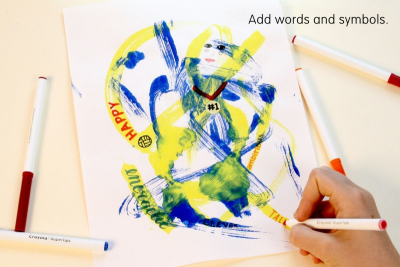
- Brainstorm a list of things that represent you, for example,
- personality traits
- favourite colours
- favourite foods and things
- favourite activities
- favourite subjects - Choose the qualities you want to include in your design to turn your swoosh print into an abstract self-portrait.
- Use markers and construction paper to add words and symbols to your swoosh print.
- Let the shapes and spaces guide your thinking.
6
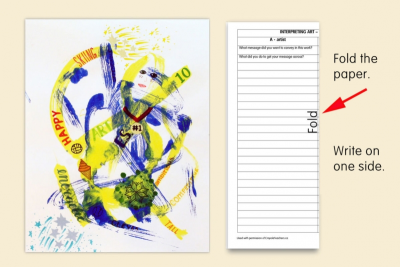
- View your self-portrait with fresh eyes.
- Work with a partner.
- Take turns interpreting each other's self-portraits. (Downloads – InterpretArt.pdf)
- fold the Interpreting Art form in half along the centre line.
- write what your wanted to communicate in your self-portrait on the A-artist side of the form.
- do not let your partner see what you have written
- trade pictures and forms with the B-partner side facing up
- do not look at what your partner has written
- write what you think the picture means on the B-partner side of the form
- return the papers and pictures
- read and discuss what you both have written - Share your interpretations.
- What did you learn about your partner?
- What did you learn about yourself?
Subjects:
Grades:
Grade 2,
Grade 3,
Grade 4,
Grade 5,
Grade 6,
Grade 7,
Grade 8
